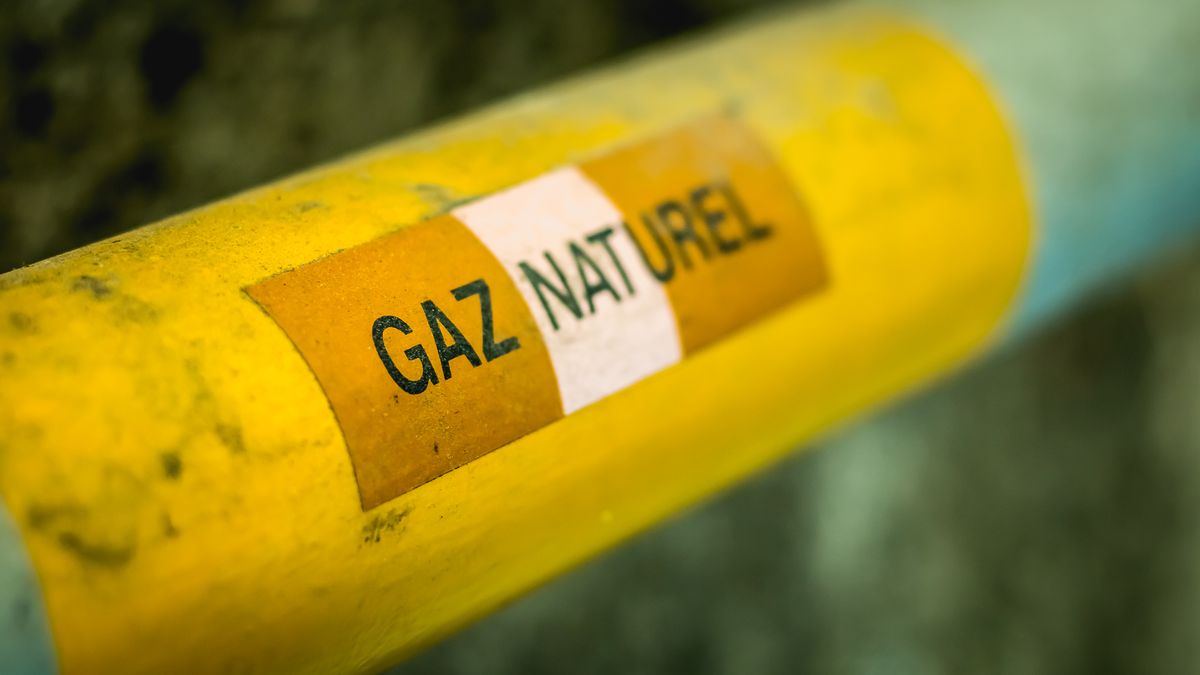The price of natural gas on the European market broke the 50 euro mark. Against the highs of August last year, this is a drop of 80 percent, Bloomberg reported.
This is very welcome news for Europe, because due to expensive energy, according to analysts’ estimates, states have already paid a trillion dollars more than before the wave of unprecedented price increases.
But this was already happening several months before the start of Russian aggression against Ukraine, and according to some experts, targeted manipulation of the market was also behind it.
“What has been happening around natural gas since last fall (2021, editor’s note) in Europe is not a coincidence. When a supplier rents natural gas storage tanks in Europe and then does not fill them… The largest storage tank in Germany is over 90 percent full before every winter, but in October 2021 it was only five percent. If this is not manipulation of the market, it is hard to say,” Václav Bartuška, special ambassador of the Czech Republic for energy security, explained the possible price manipulation in an interview with SZ Byznys.
After the Russian invasion, the prices of gas and related electricity went completely out of control, and this trend peaked in August 2022, when a megawatt-hour of gas traded around 350 euros and for electricity it even jumped to 1,000 euros. Among other things, this jump pushed the Czech government to negotiate a price ceiling.
Since then, however, the trend has reversed and prices are falling despite the fact that Russia has ceased to be the dominant supplier of gas to the EU. The share of Russian supplies fell from around 40 percent before the war to around ten percent today. Pipeline deliveries from Norway and the Netherlands and especially imports via liquefied natural gas (LNG) terminals also grew significantly.
In mid-February 2022, a total of 21 LNG terminals were in operation in the European Union with a total import capacity of approximately 160 billion cubic meters per year. However, since then, Europe has rapidly started to build additional capacities suitable for the import and storage of liquefied natural gas.
“The capacity of European terminals increased by 28 billion cubic meters of gas last year after regasification thanks to the increase in capacity in the Croatian and Dutch terminals and the anchoring of floating terminals in the Netherlands and Germany,” Michal Kocůrek, managing consultant of EGÚ Brno, told SZ Byznys.
It is still not enough to completely replace Russian deliveries, but other terminals are already growing on the European coast.
Where new LNG terminals are growing in Europe.
In addition to LNG, the warm winter, the associated filling of gas storage tanks and the long-unseen savings in consumption also helped to ease the pressure on the price. While a year ago, in the seventh week of the year, barely 27 percent of the capacity of Czech reservoirs was used, this year in the same period, statistics showed over 65 percent.
Thanks to these trends, the European Union has so far not even had to use the price ceiling on imported gas, which European politicians have been intricately negotiating for several months. Brussels set it at 180 euros per megawatt hour, but with safeguards so that the EU could pay even more if the price on the world market were to rise.
However, the promising trend can still reverse – the last act of winter could play a negative role if the colder weather lasts until April, for example. In that case, Europe would have less time to prepare for the next heating season 2023/2024.
Attention is also being drawn to the economic recovery in China, which could start to drive up the price of LNG and thus divert part of the tankers from Europe to Asia.


